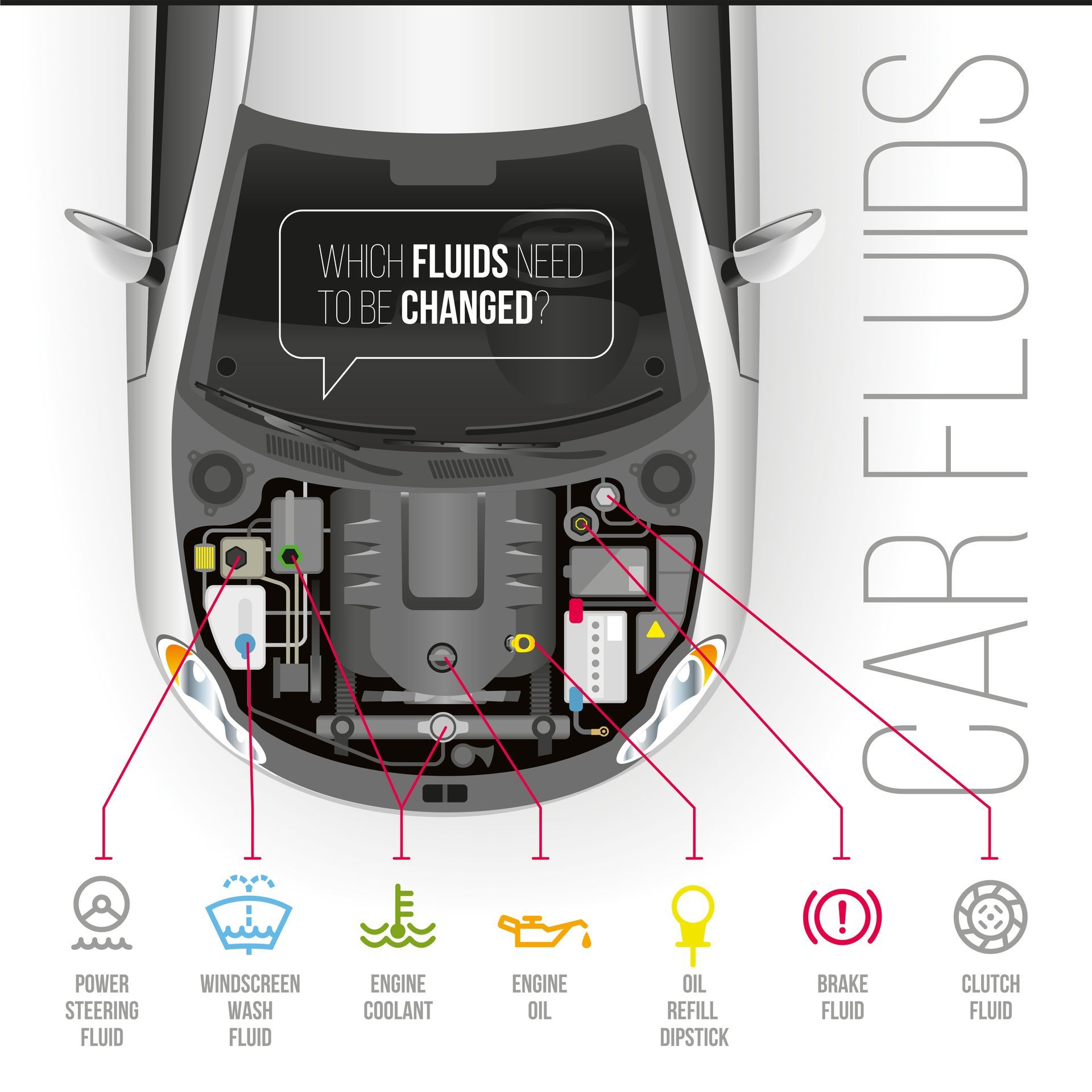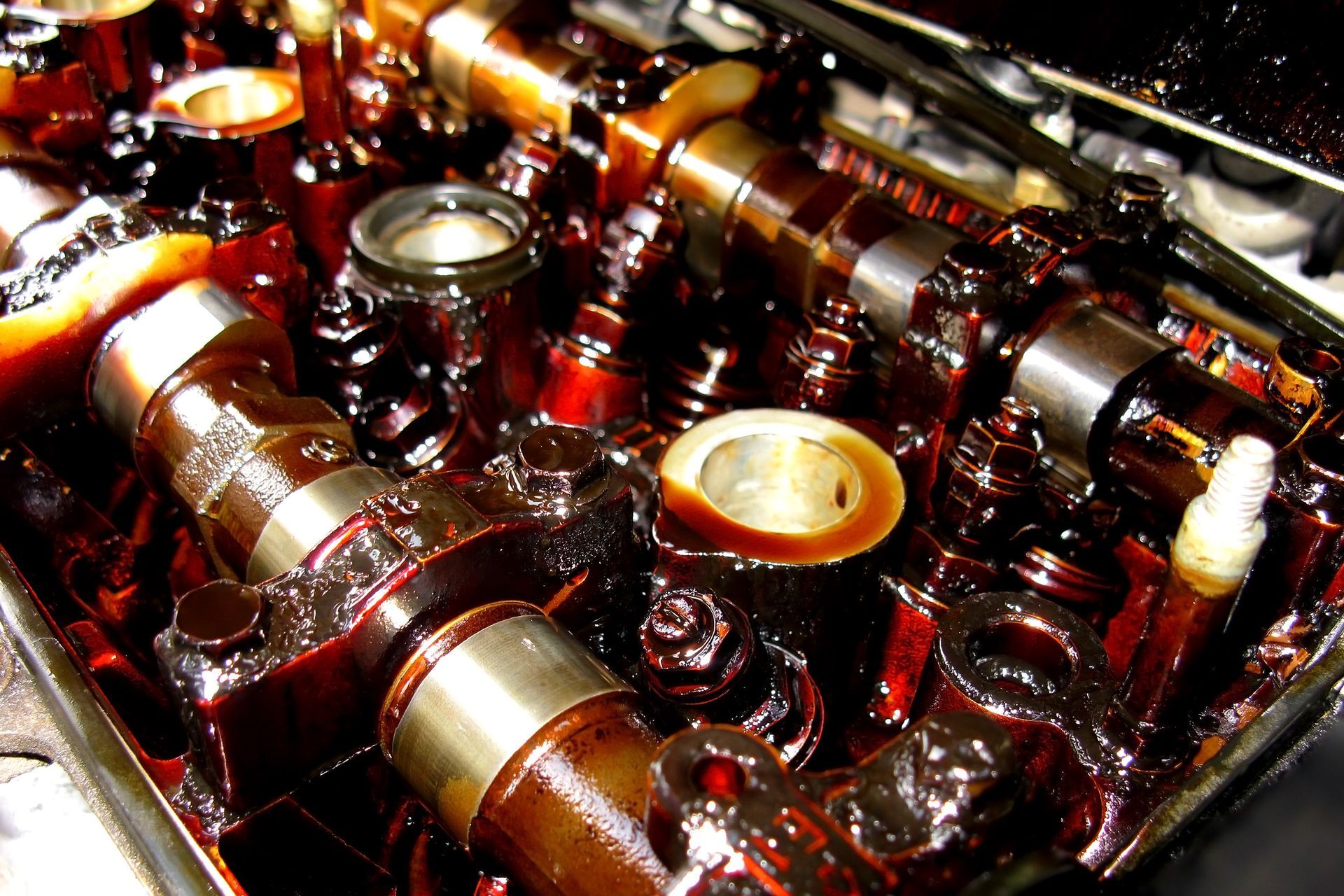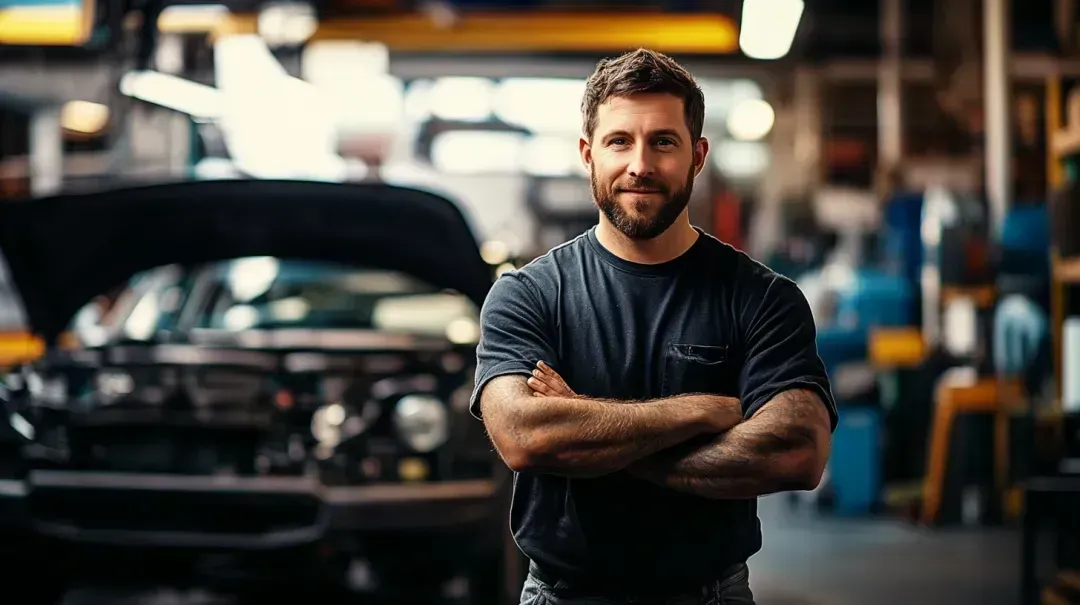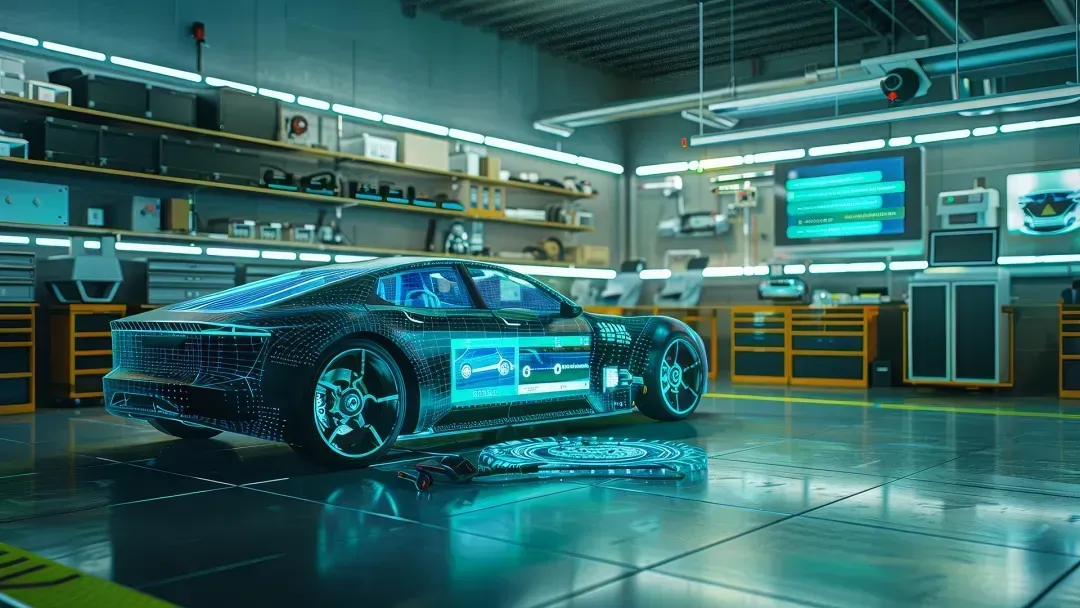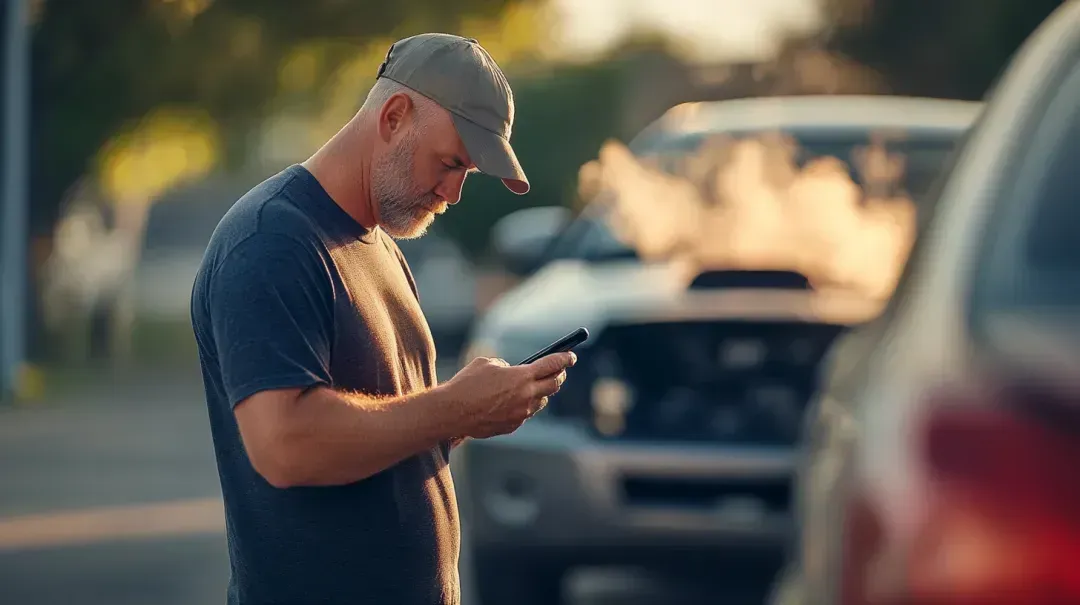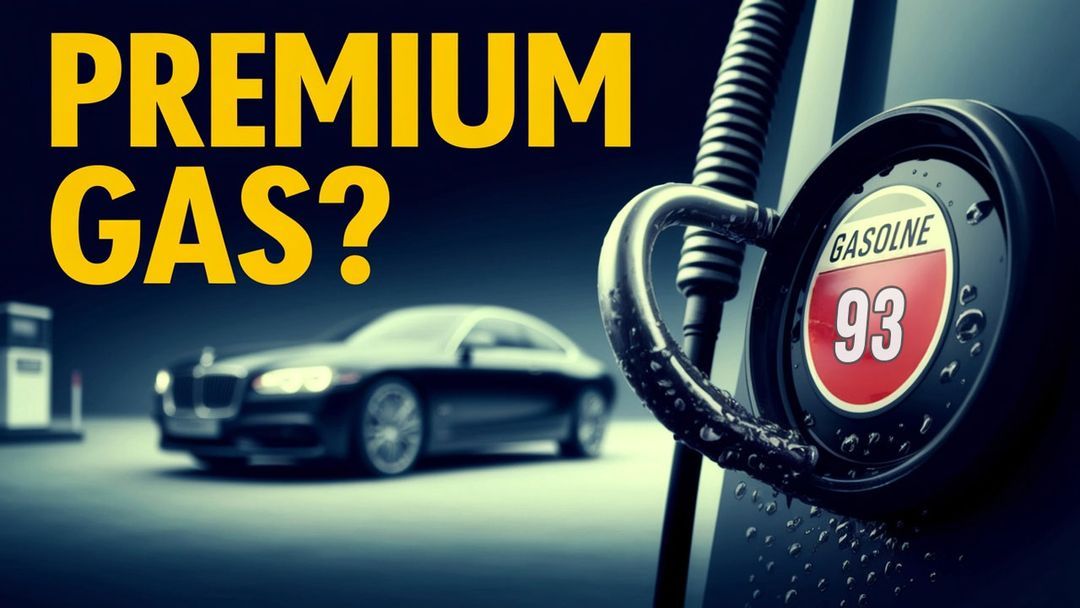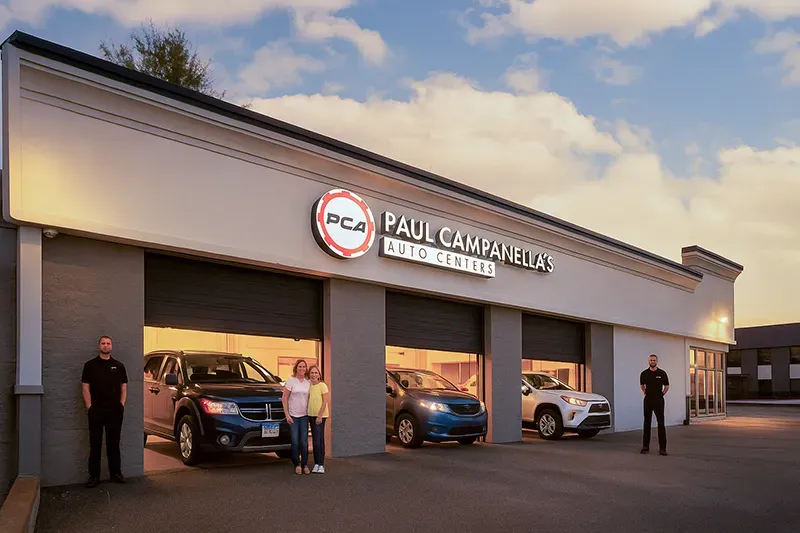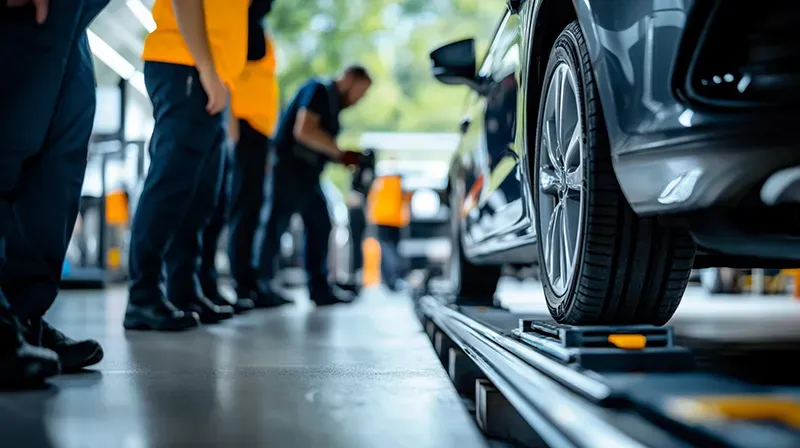The most important tip you can learn about gas savings is this: don’t be too quick about believing every tip you hear or read. The odds are good that some of them are myths which will either do nothing, waste your time, or make your gas mileage worse. Over the long term, these myths are among the most costly of car misconceptions because of the enormous amount of gasoline we use during our lifetimes.
Warming Your Car Up Before Driving Saves Gas
Cars today use fuel-injection which maintain the proper fuel to air ratio regardless of the engine’s temperature. This means you can start driving almost immediately. Most manufacturers recommend waiting 30 seconds and then driving gently at first. Engines do run more efficiently after warming up, but driving your car will warm the engine faster than idling in the driveway.
Buy Gas during the Coolest Time of the Day
The idea behind this tip is that gas is denser at lower temperatures, so you get more gas when it’s cold. Since you pay by the gallon, you are getting more gas per dollar than when buying it during the hottest time of the day. The problem with this theory is that the storage tanks are underground where the temperatures aren’t affected much by surface conditions. The ground is a good insulator which is why permafrost up north stays frozen in the summer.
Driving around for Inexpensive Gas Isn’t worth the Gas You Burn Looking for It
This depends on the distance driven and your car’s fuel efficiency. Even if a lot of fuel is burned finding the gas station, once found, you can take the most direct and efficient route the next time you go there. From that point on, you are benefiting from the cheap gas. At some point in the near future, your savings will offset the initial expenditure of gas.
Small Cars Have the Best Gas Mileage
This was true back in the 1970’s when the first fuel-efficient cars came out. Smaller cars had less weight and therefore could use smaller low horse-power engines that burned less fuel. This simple low-tech solution was used because today’s technology wasn’t available then. Newer cars have improved aerodynamic design, engine design, better transmissions, and use advanced materials and construction that make them lighter. Today, a small car doesn’t necessarily get better mileage than a larger car because there are other technological factors at work.

